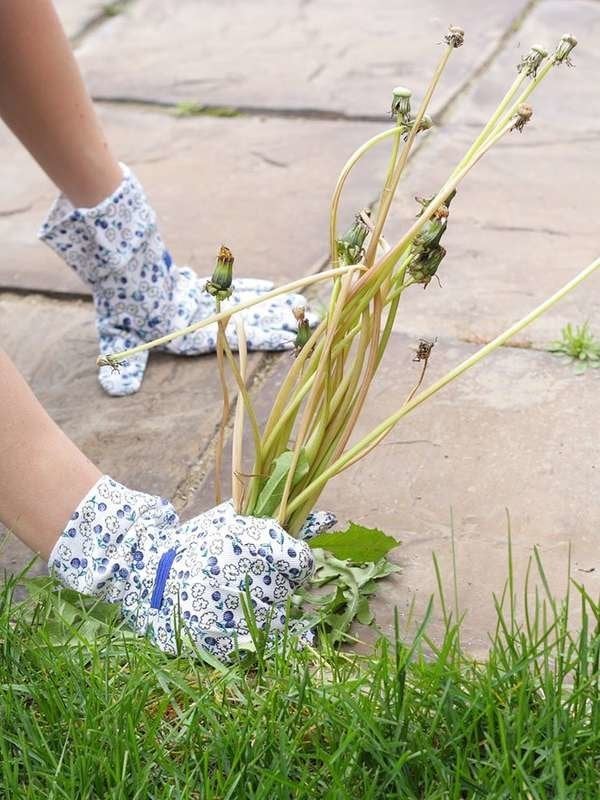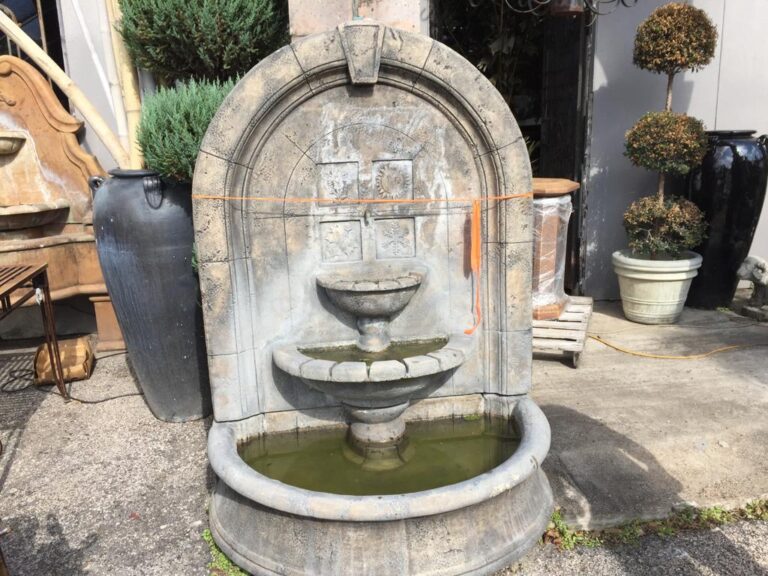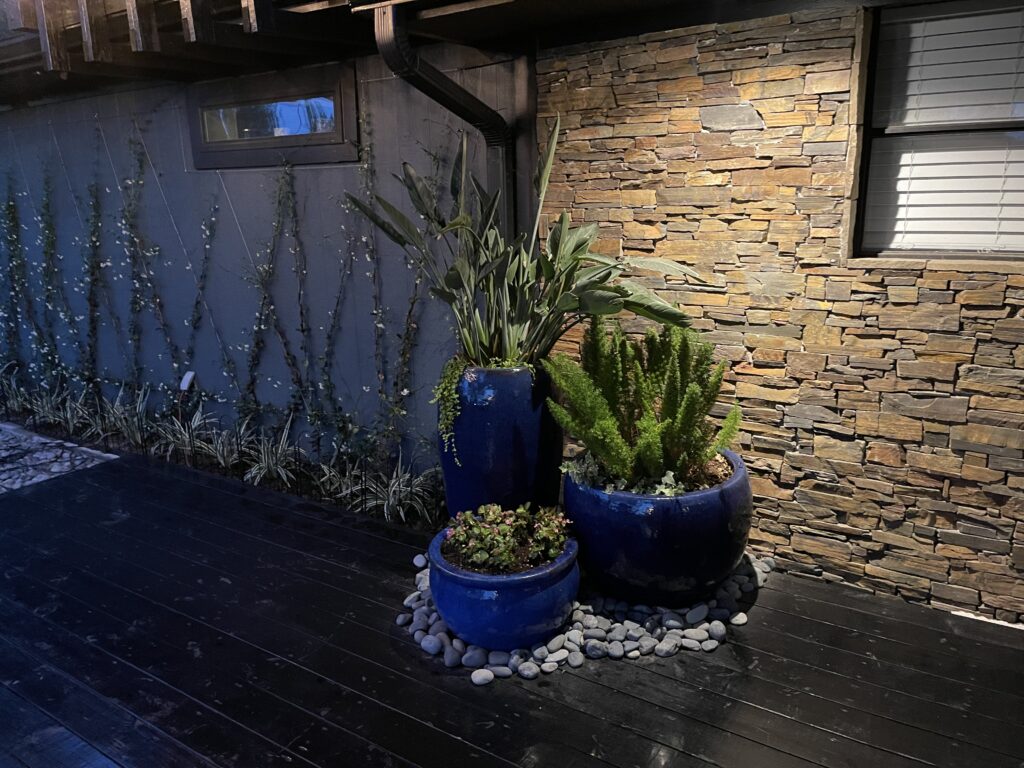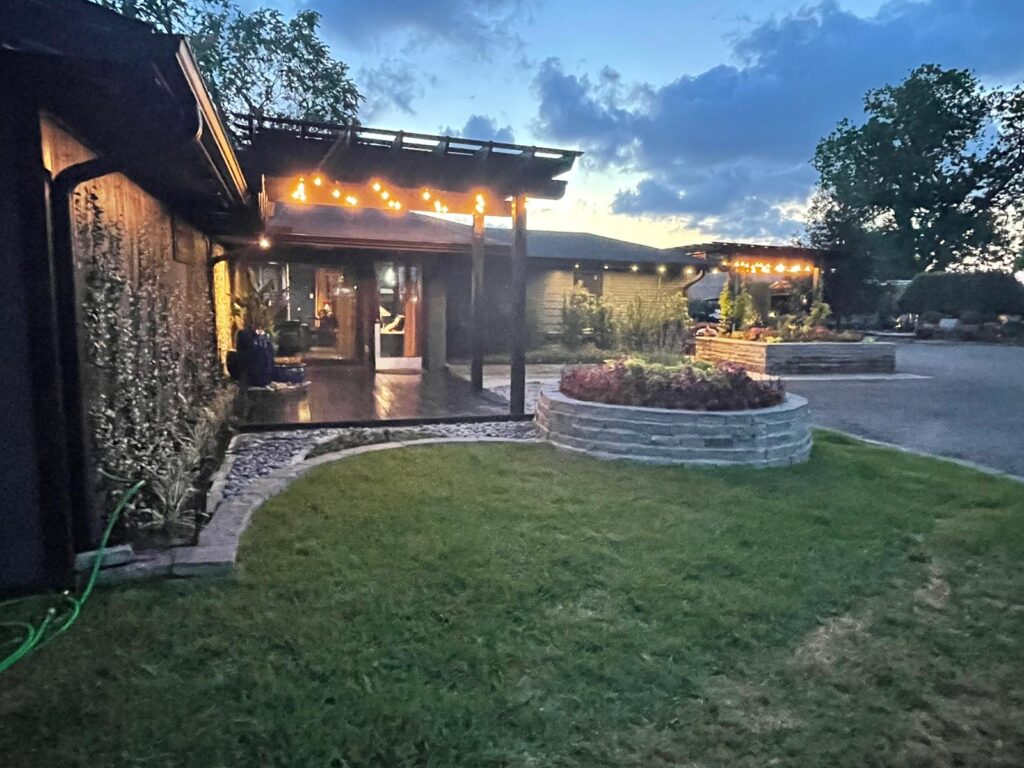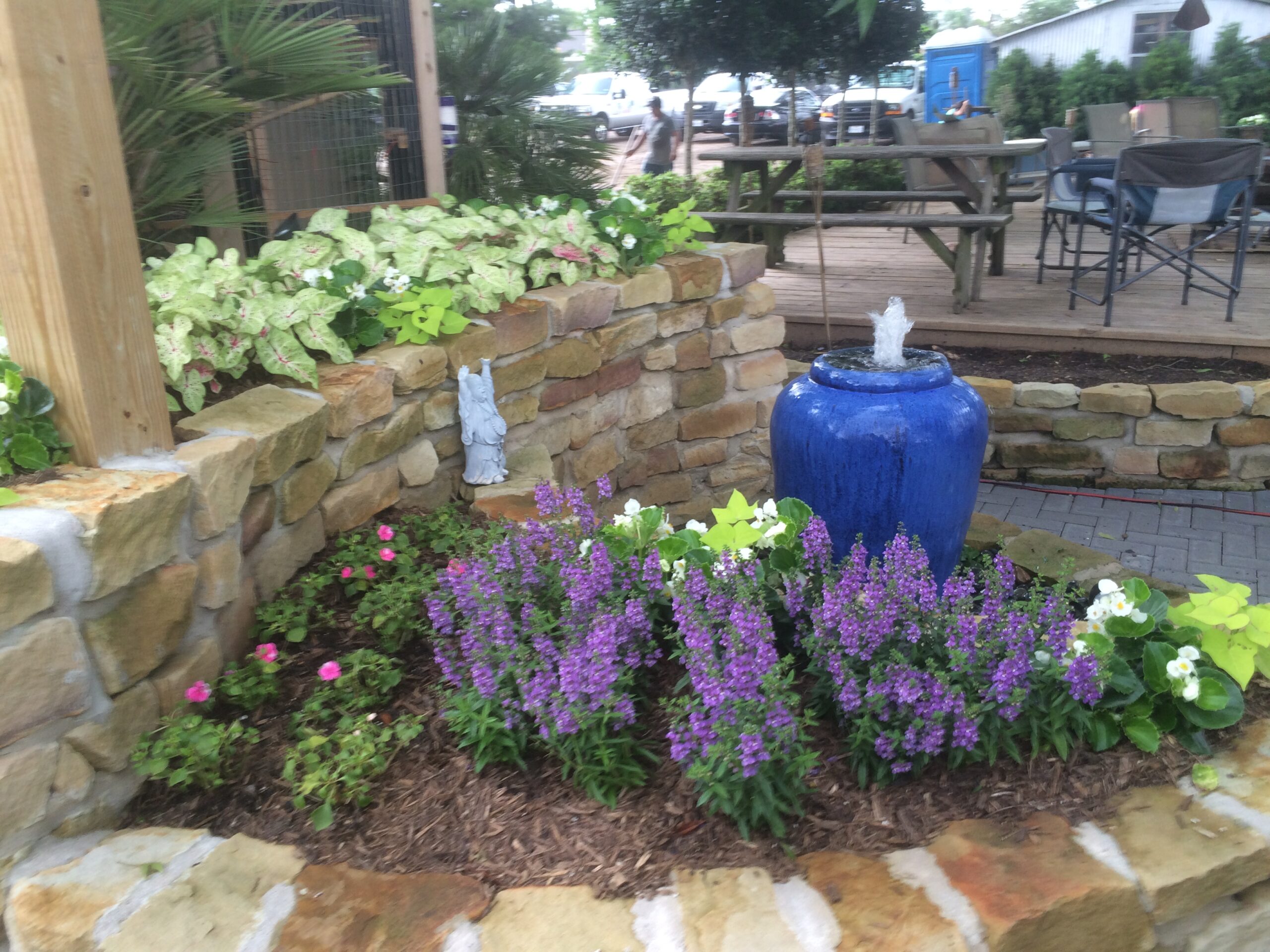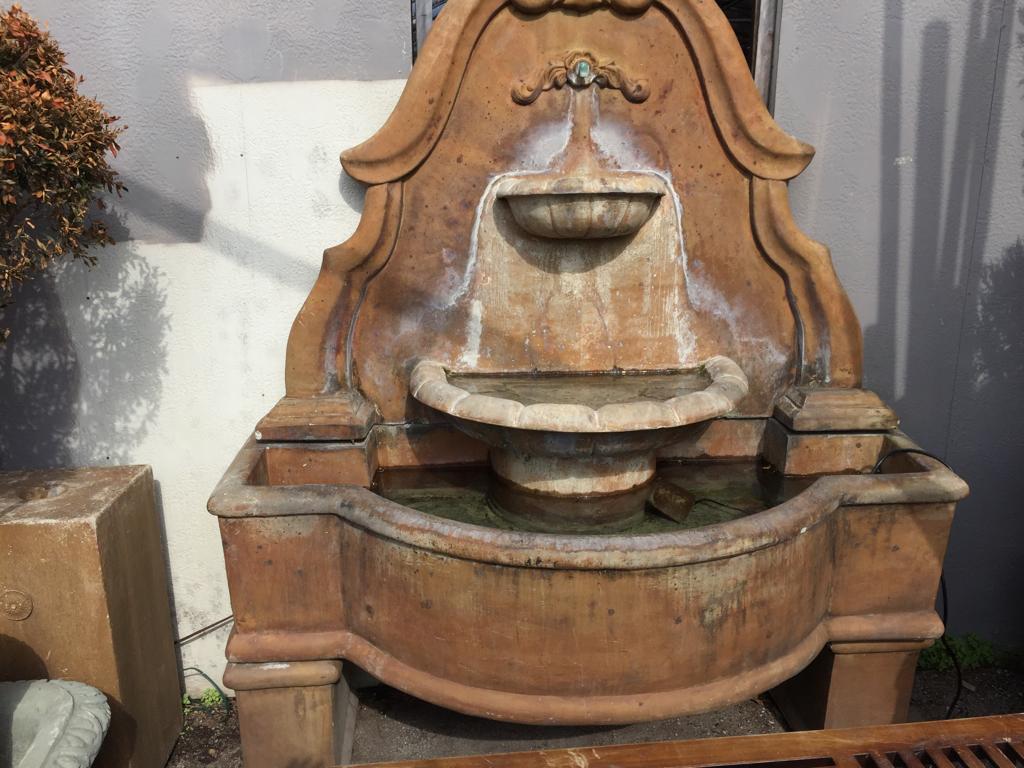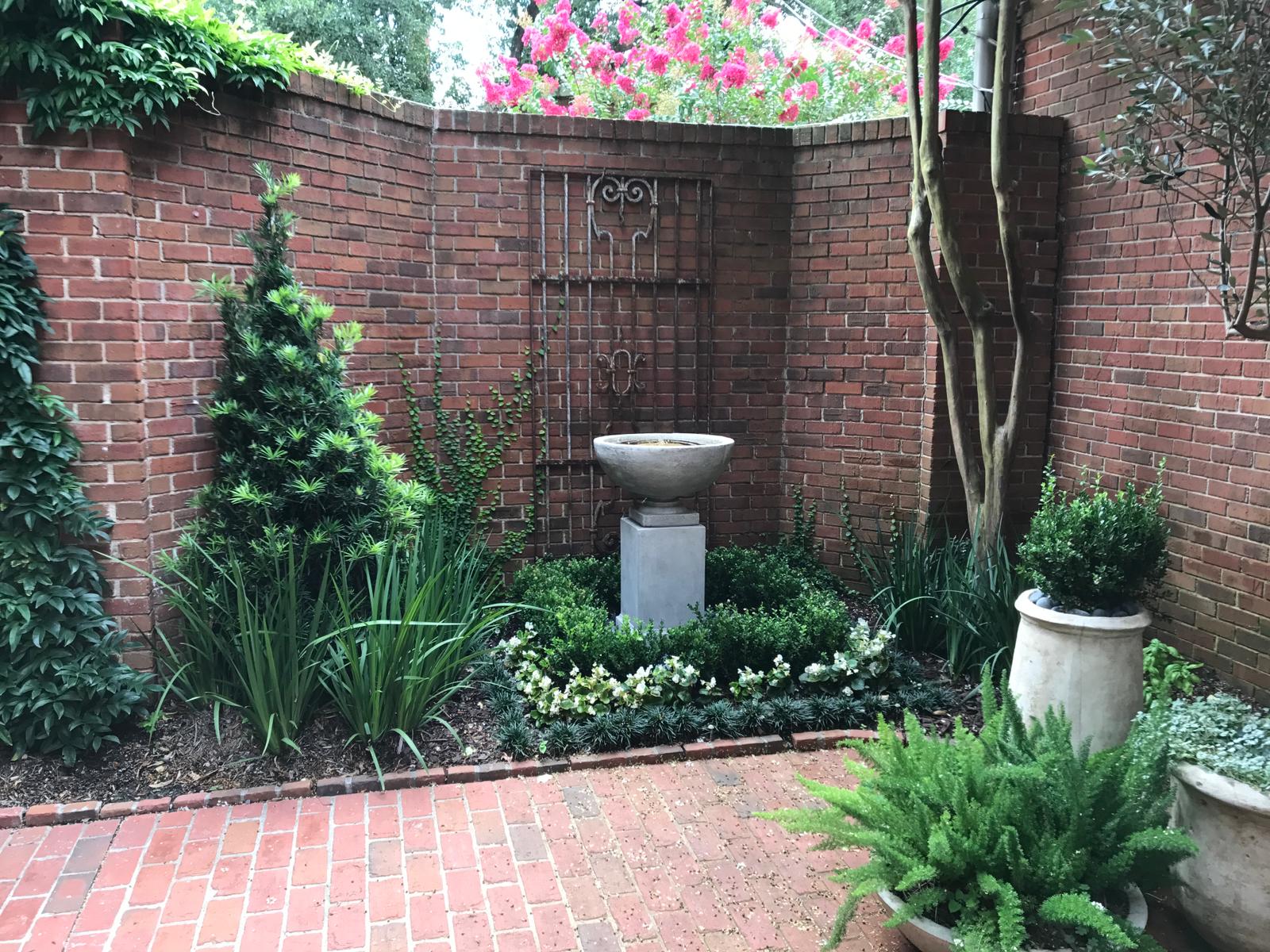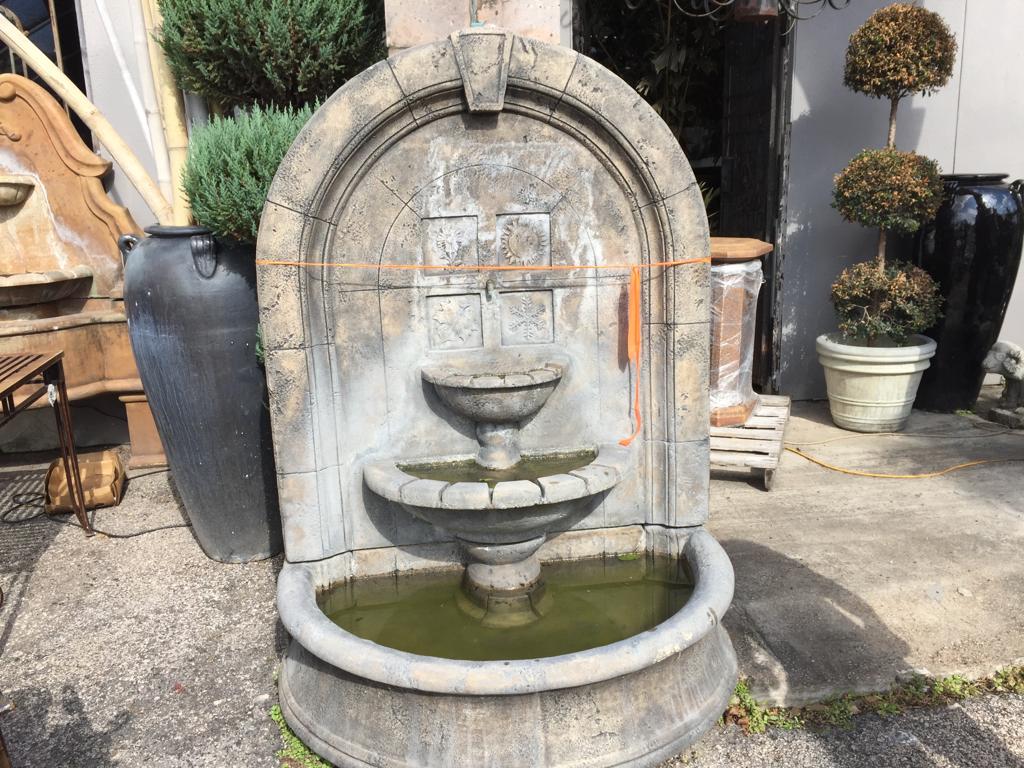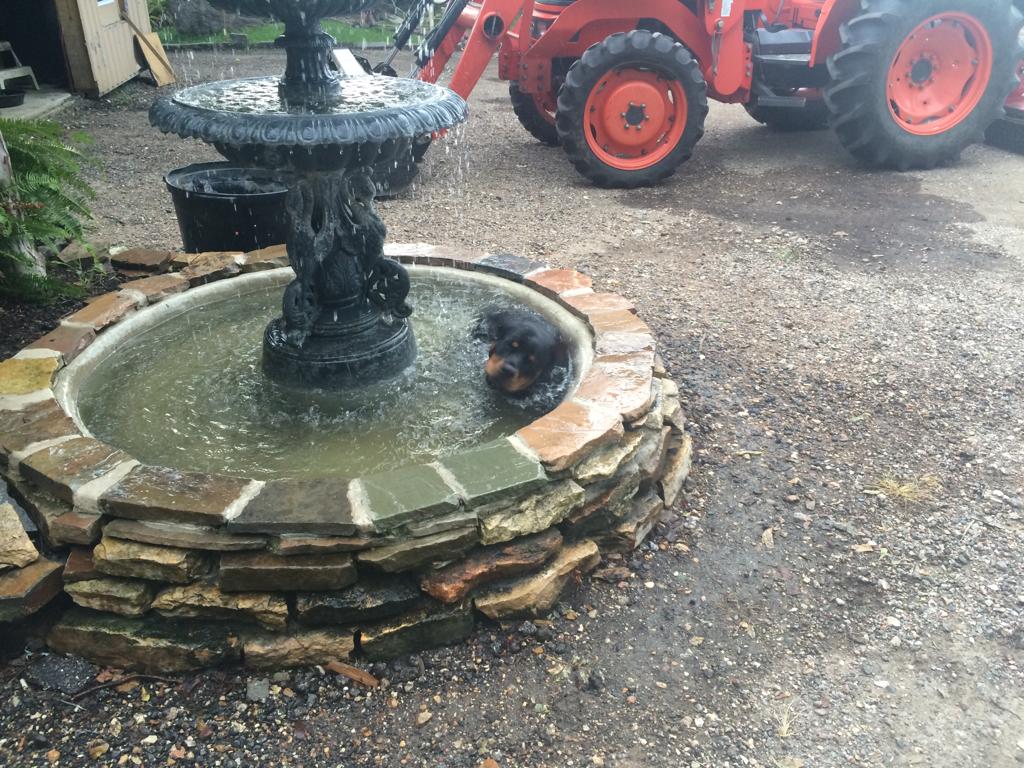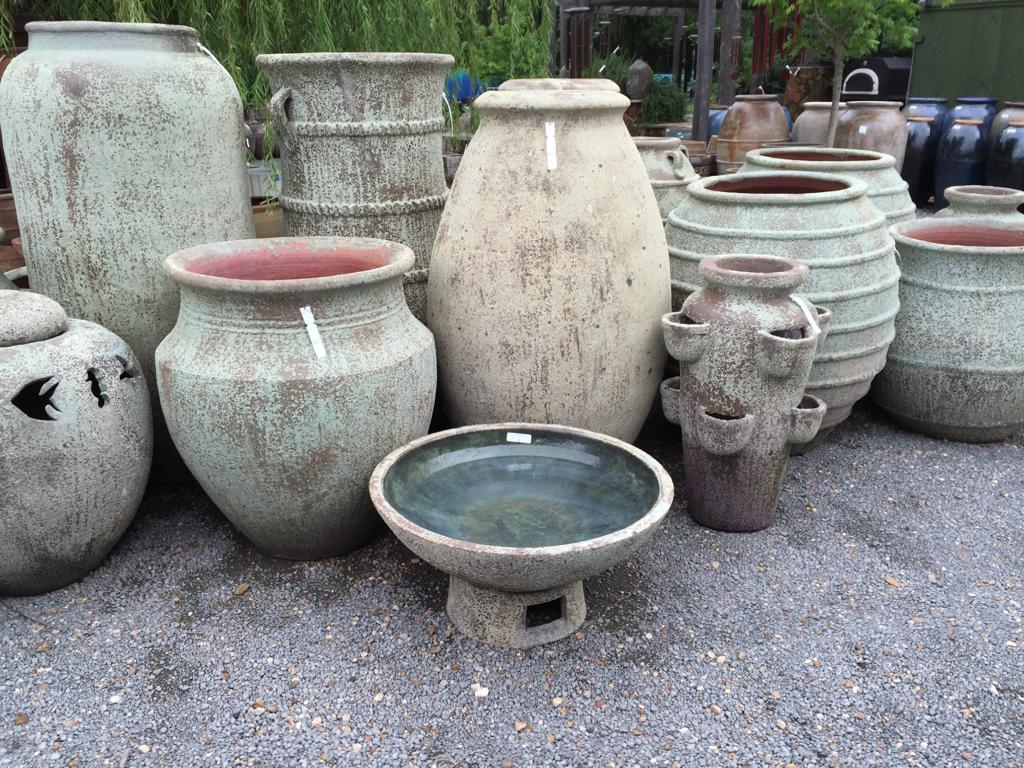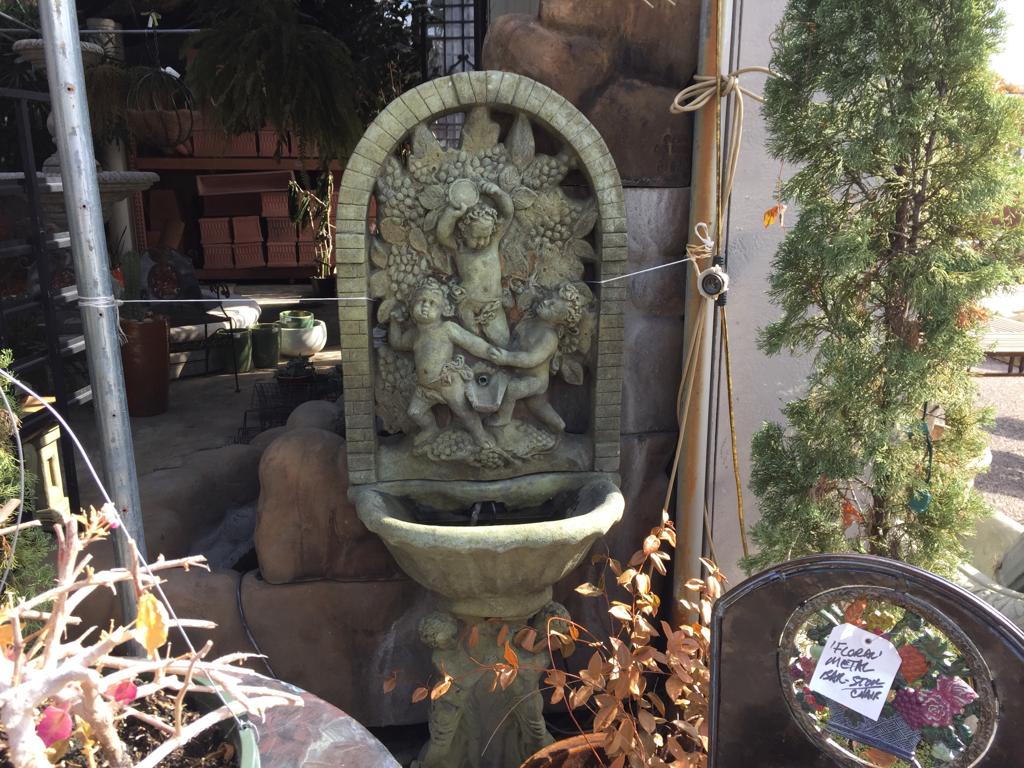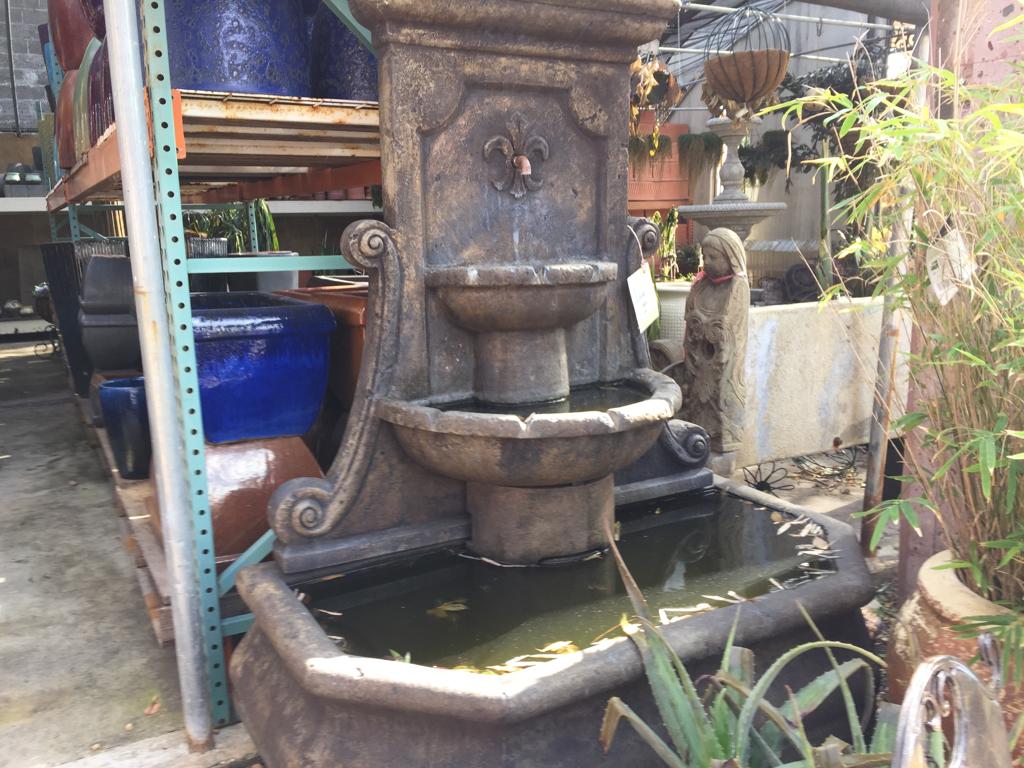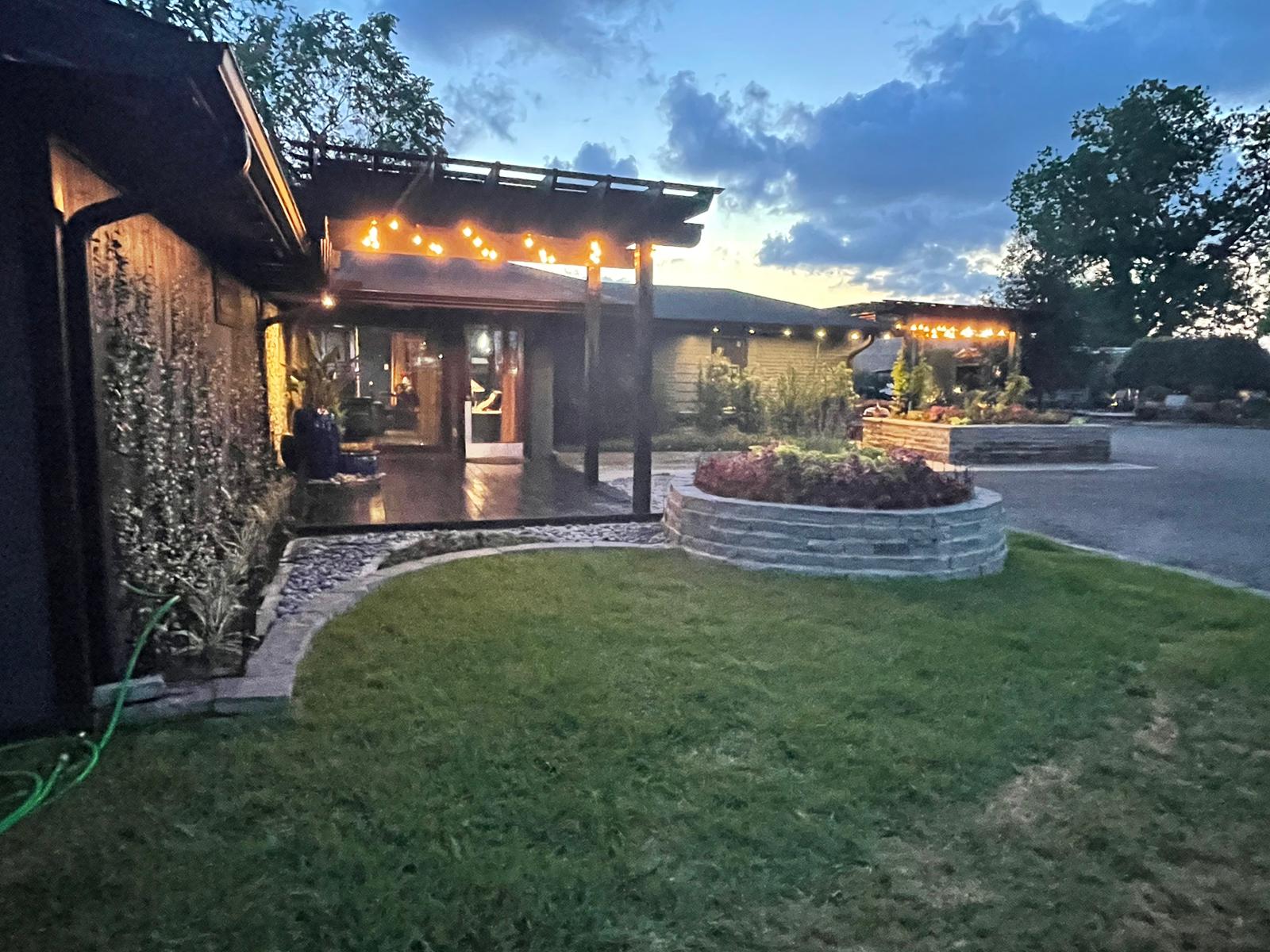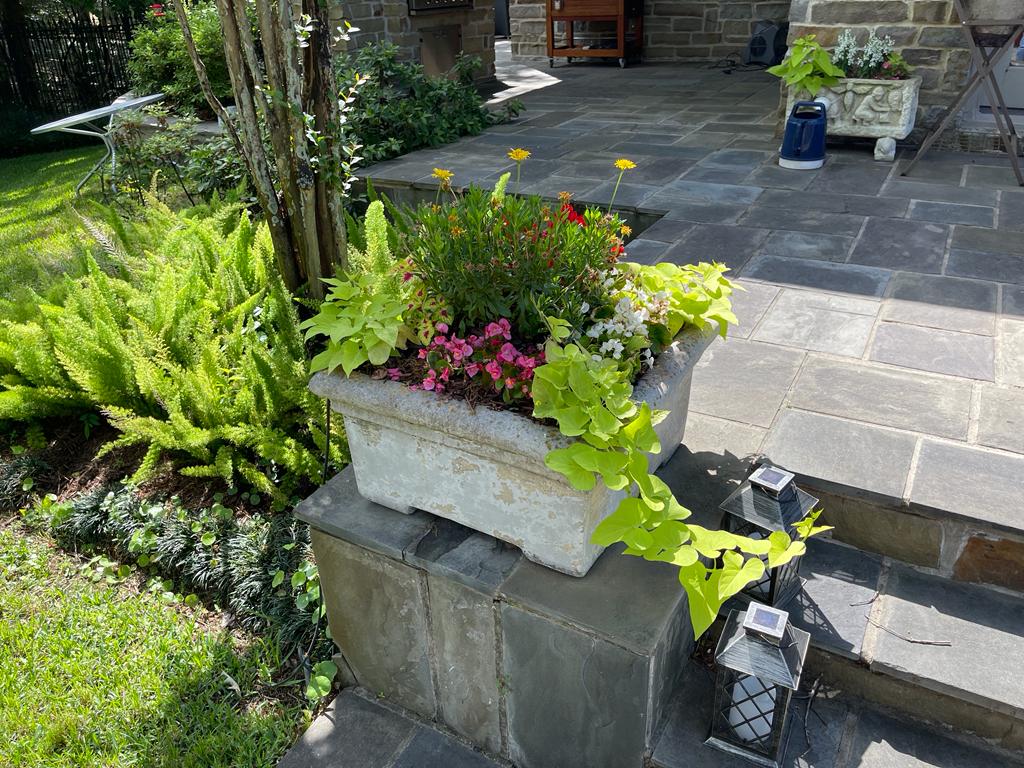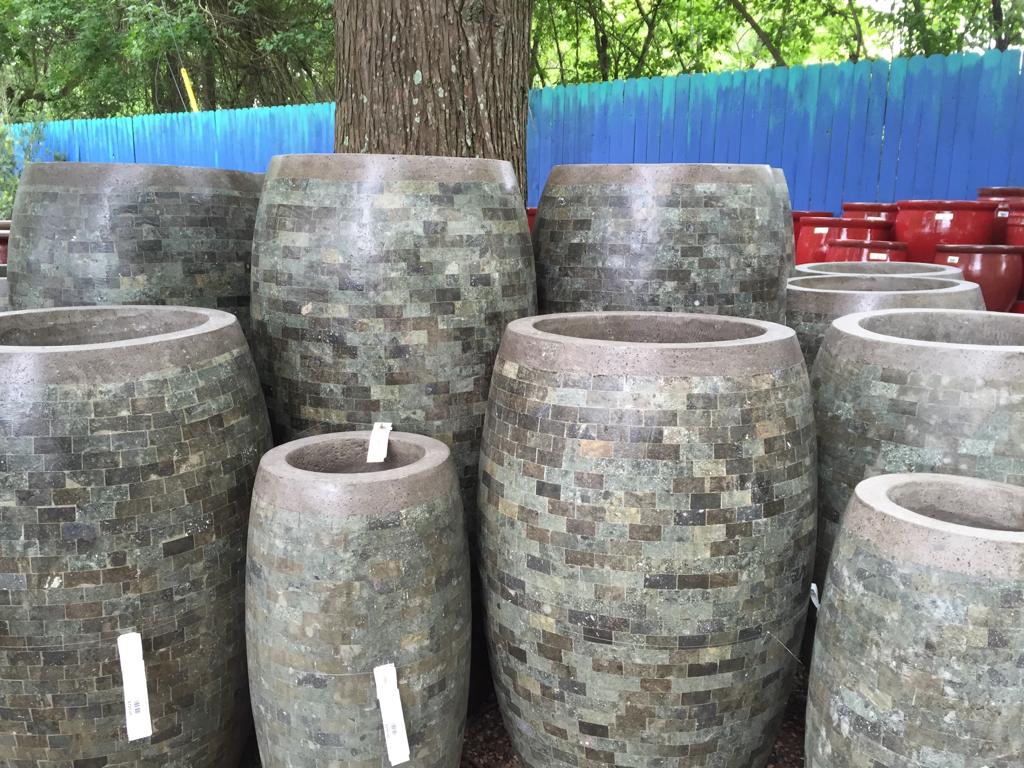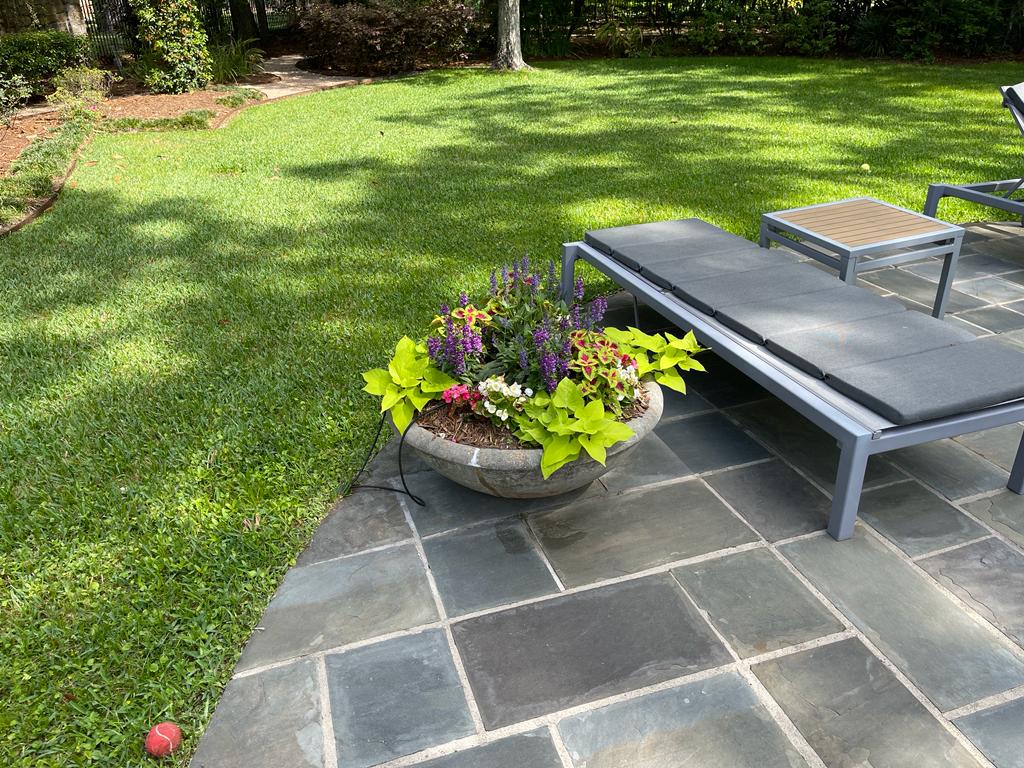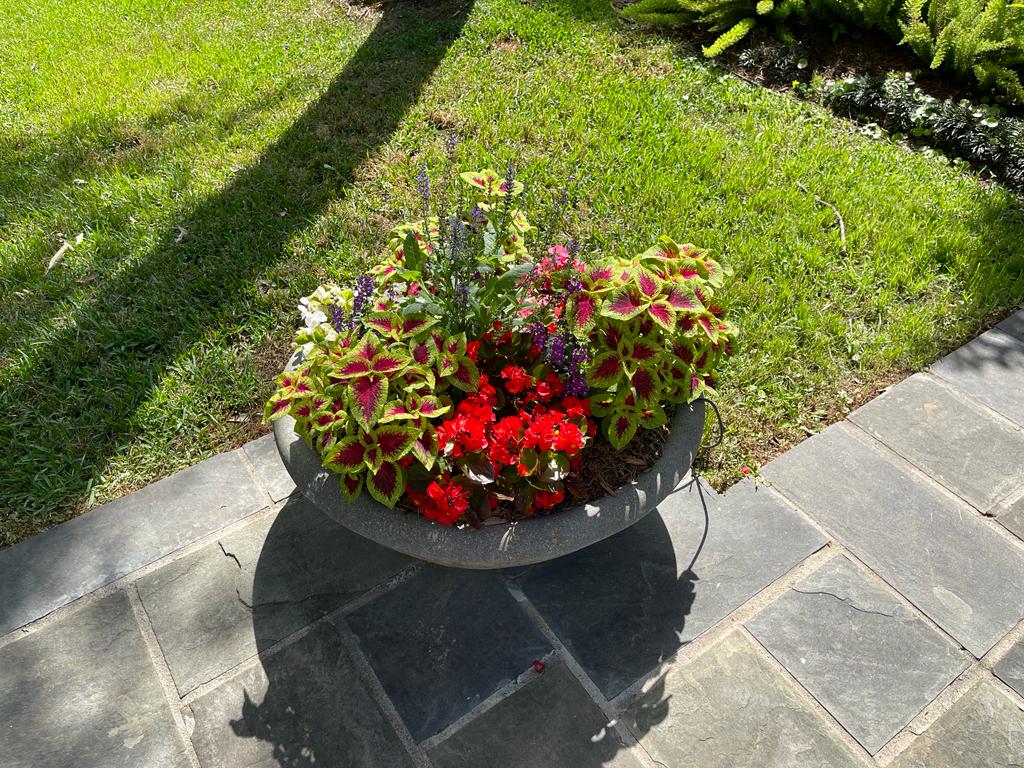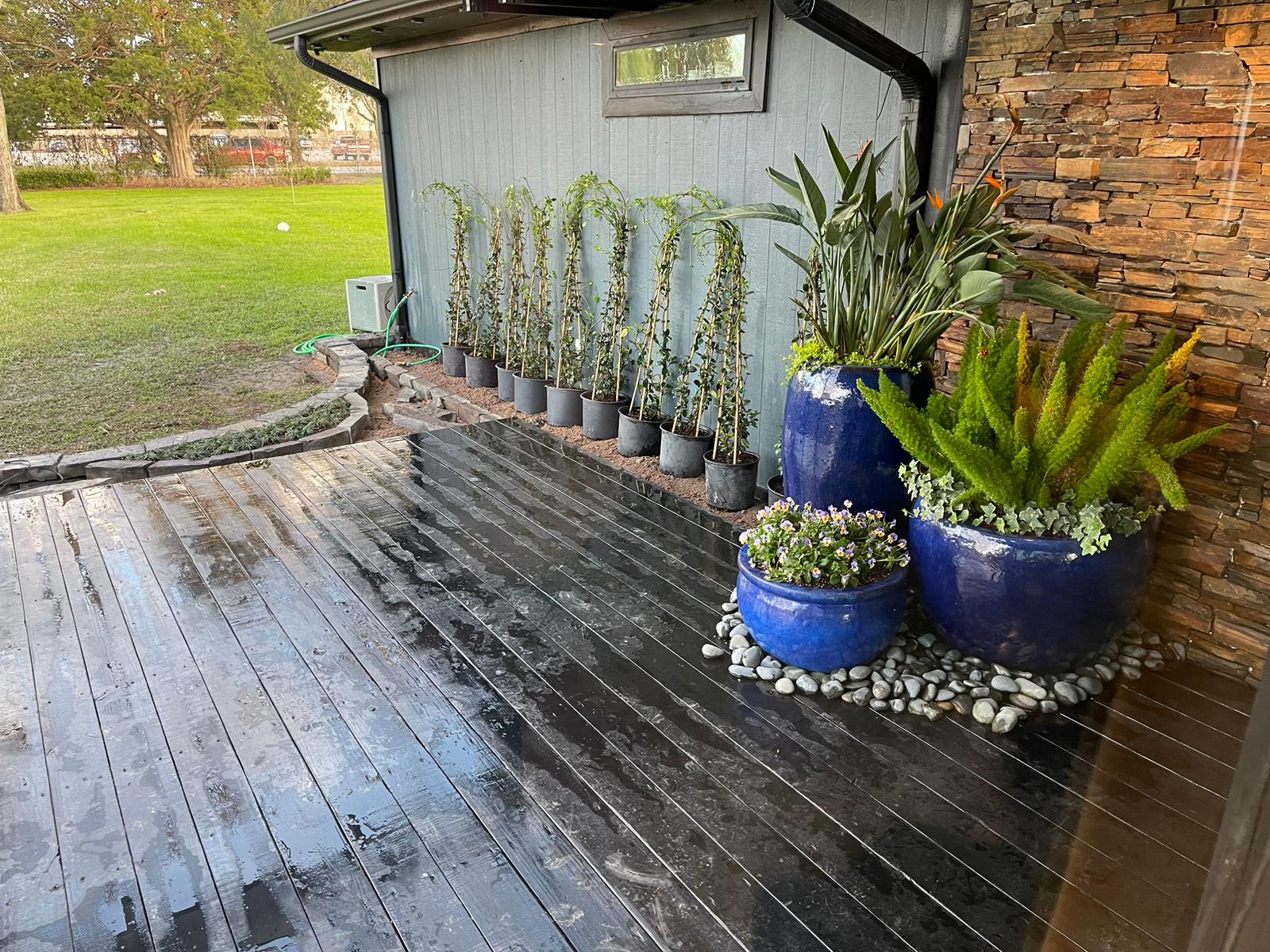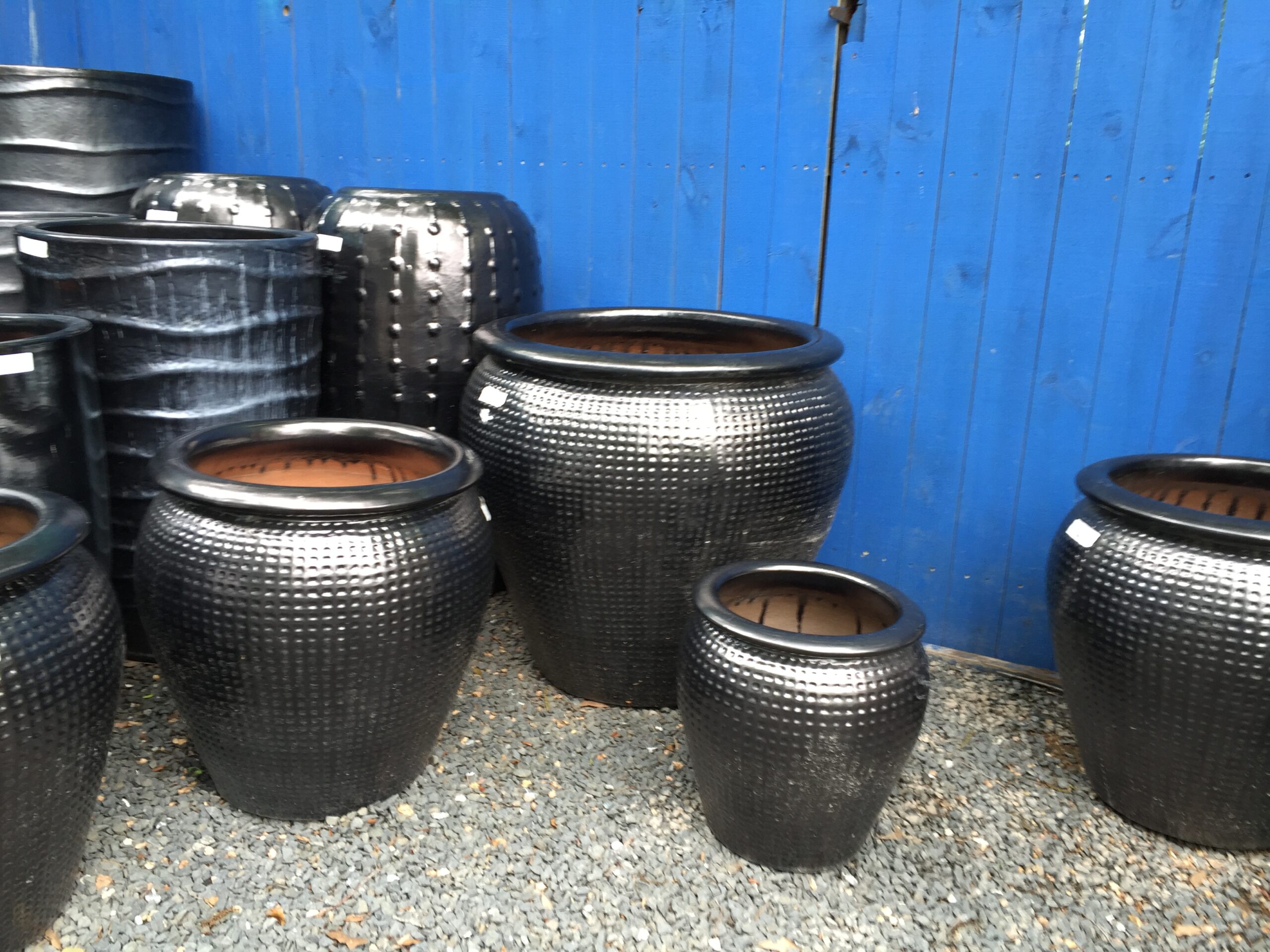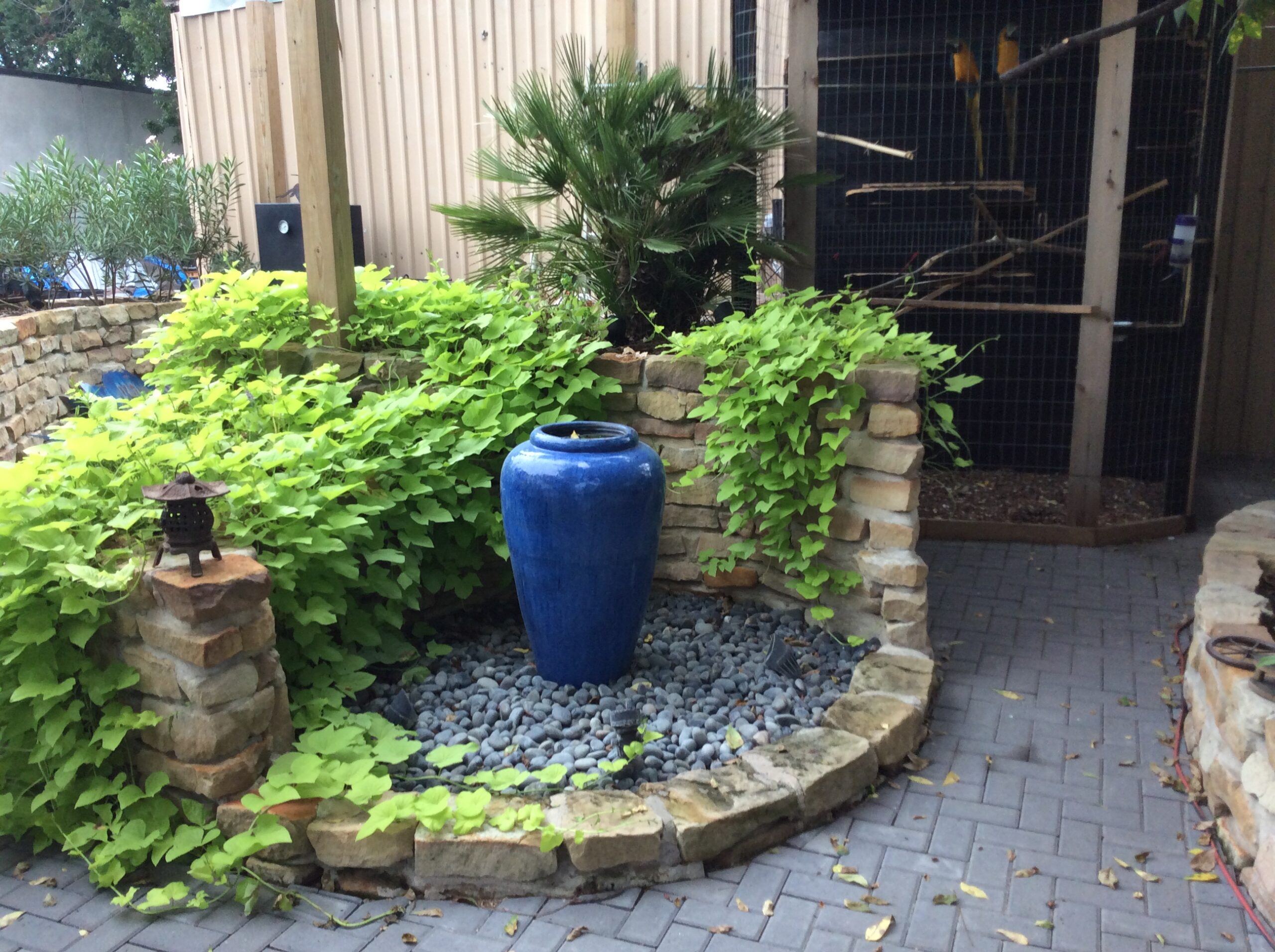13 Fall Landscaping Mistakes To Know
Avoid common fall landscaping mistakes with Safari Landscapes in Houston, TX for a stunning outdoor space.
1. Fall Landscaping
Timing is everything, especially when it comes to keeping your landscaping top-notch. For instance, autumn is a great time to plant trees, but a terrible time for pruning certain shrubs. Don’t wait until spring to find out that your fall garden maintenance did more harm than good. Read on to learn what not to do in the garden this fall.
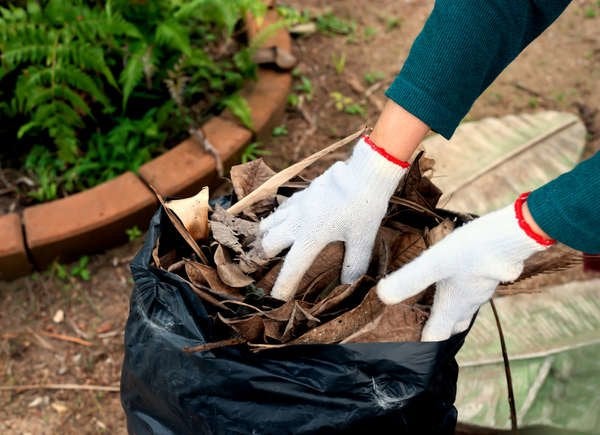
2. Letting Leaves Pile Up
Leaf raking isn’t purely for aesthetics. Just because no one rakes the forest floor and the trees seem to do fine, don’t assume your lawn will fare as well. Matted leaves left on your lawn all winter can suffocate grass and compromise airflow. Making things even worse, snow mold, a lawn fungal infection, can fester beneath the fallen leaves, leading to ugly dead areas.
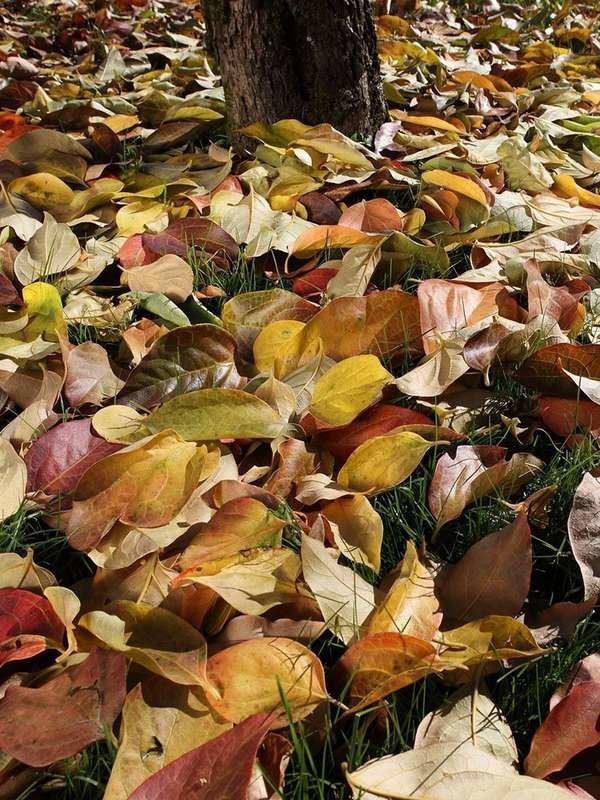
3.Forgetting About Spring
After a long winter, who wants to wait until April for the first spring flowers? Don’t forget to take steps now to make sure your garden gets some early color next year. These cool fall days are ideal for planting bulbs like snowdrops, which look great arranged in small clumps, and crocuses, which are lovely along a walkway or even scattered randomly throughout the lawn. In early spring, when these bright flowers pop up from beneath the snow, you’ll know that warm weather can’t be far behind.
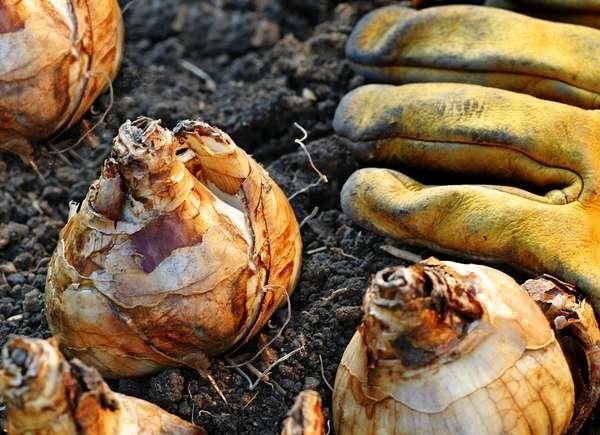
4. Pruning Yews, Boxwood, and Spring-Flowering Shrubs
Although they take pruning well, yews and boxwood shouldn’t be pruned after late August. Pruning too late stimulates new growth that won’t have a chance to harden off before the deep freeze arrives. This won’t kill the shrub, but you’ll have plenty of winter injury to remove come spring. Shrubs that flower in spring, such as forsythia, azaleas, and lilacs, should be pruned immediately after they stop flowering. If you prune too late, the shrub won’t produce flowers next year.
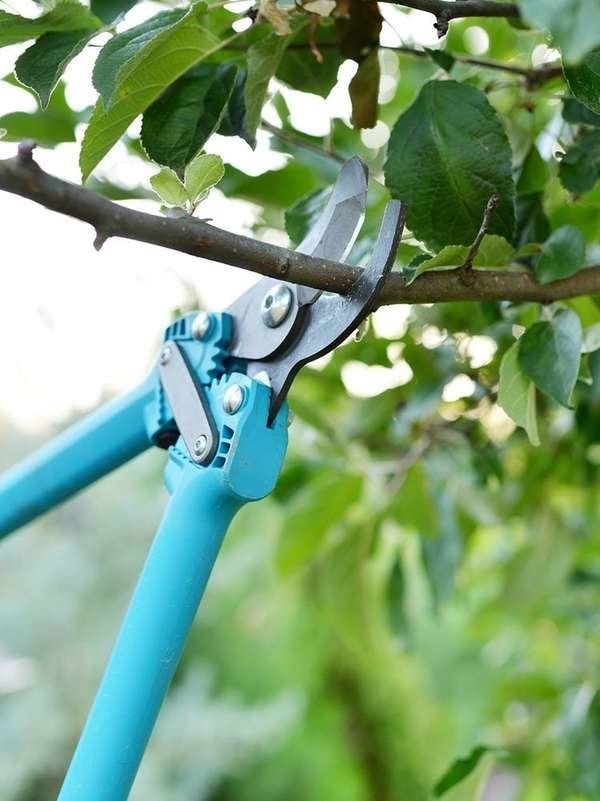
5. Storing Tools Without Proper Cleanup
Tools make the hard work of gardening a little easier, so you should show them a little love before you store them away for the winter. Maintenance will help them work more effectively and last longer, and you’ll save the expense of having to replace them. Start by cleaning them—for hard-to-remove bits of mud and debris, a wire brush ought to do the trick. Use steel wool or fine sandpaper to take care of rust spots, and a file to restore the edge on shovels, pruners, and lawn-mower blades.
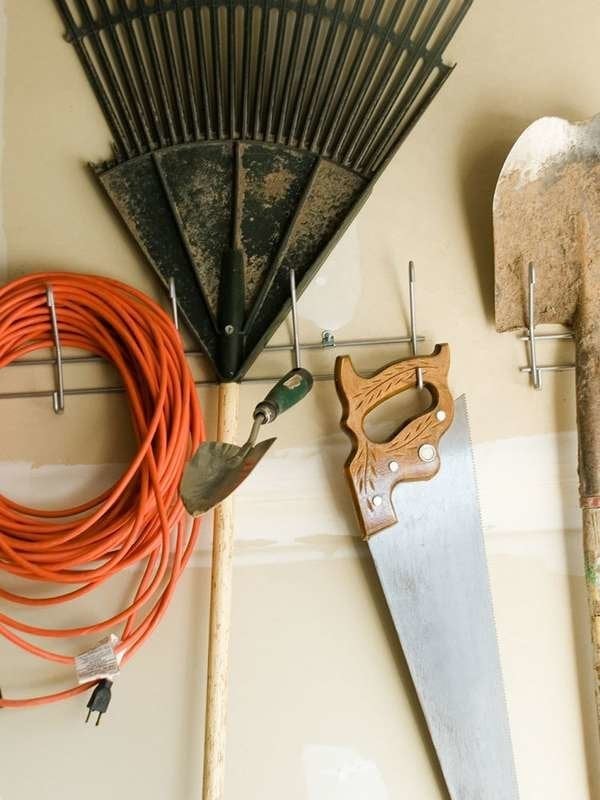
6. Cutting Down the Entire Garden
It’s tempting to go for broke and level the entire garden in the fall. A clean canvas can be so appealing! But there are thousands of creatures that need to ride out the winter in the hollow stems, peeling bark, and other nooks and crannies of our gardens. Leave them a little sanctuary. As well, native bees, butterflies, birds, and pest-munching insects benefit from the “dead” gardens of winter.
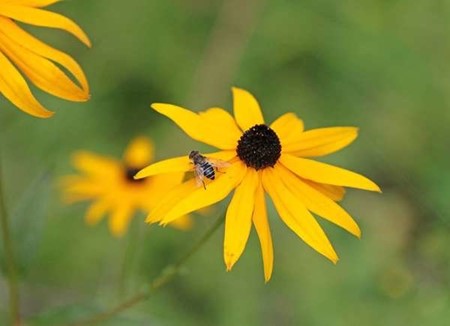
7. Not Aerating the Lawn
Compacted clay soil needs to loosen up a bit from time to time, and that’s where core aeration comes in. This is commonly done in the spring, but at a cost: Weed seeds love the holes left behind by the aerator. Head off a weed assault by aerating in the fall, when the grass is still growing and weed seeds are minimal.
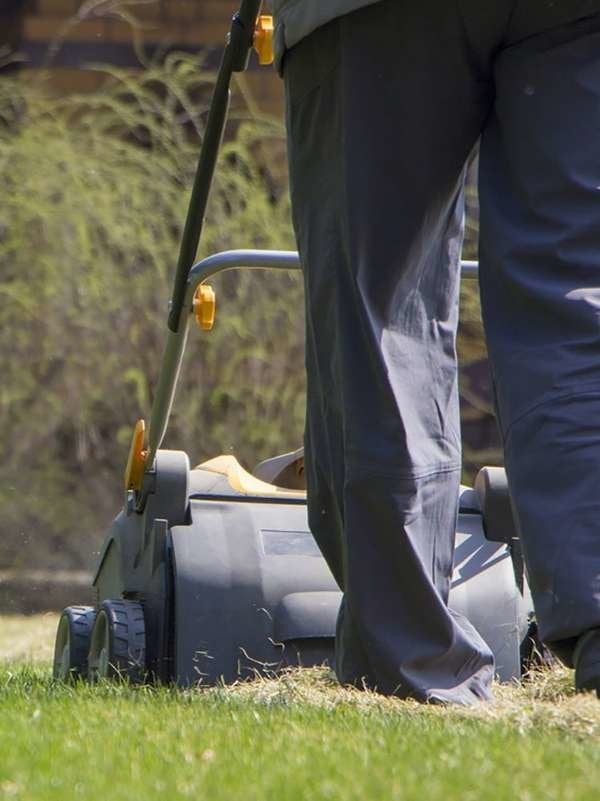
8. Not Protecting Young Trees
Young or thin-barked newly planted trees like maple, linden, and ash are susceptible to winter damage from temperature fluctuations and little critters that prey on their delicate flesh. By late November, protect young trees with tree wrap, starting from the bottom up, or with the plastic tube that may have come with a tree from a nursery.
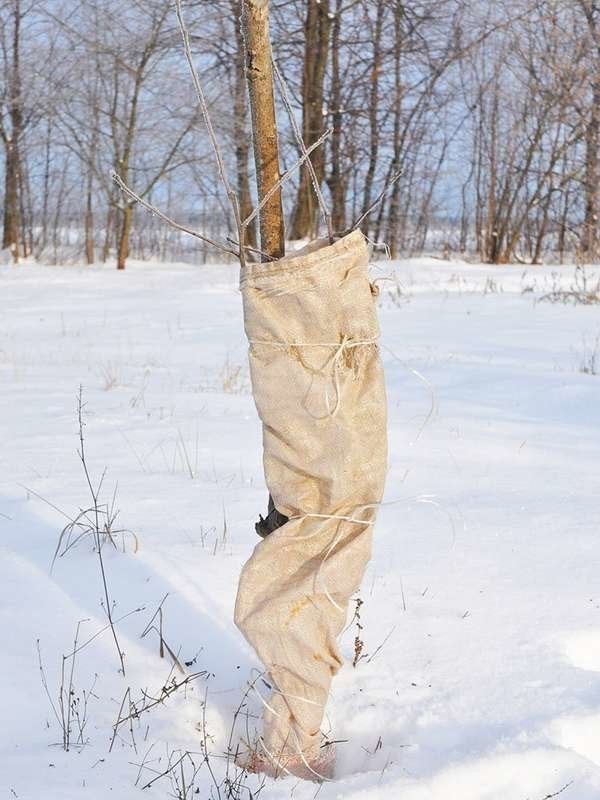
9. Dividing/Transplanting Ornamental Grasses
Warm-season grasses like miscanthus, pennisetum, and panicum require warm soil temperatures to establish good root systems. As air cools in the fall, these grasses enter dormancy. If you want to move or divide any of these warm-season grasses, wait until spring so they’ll have ample time to establish.
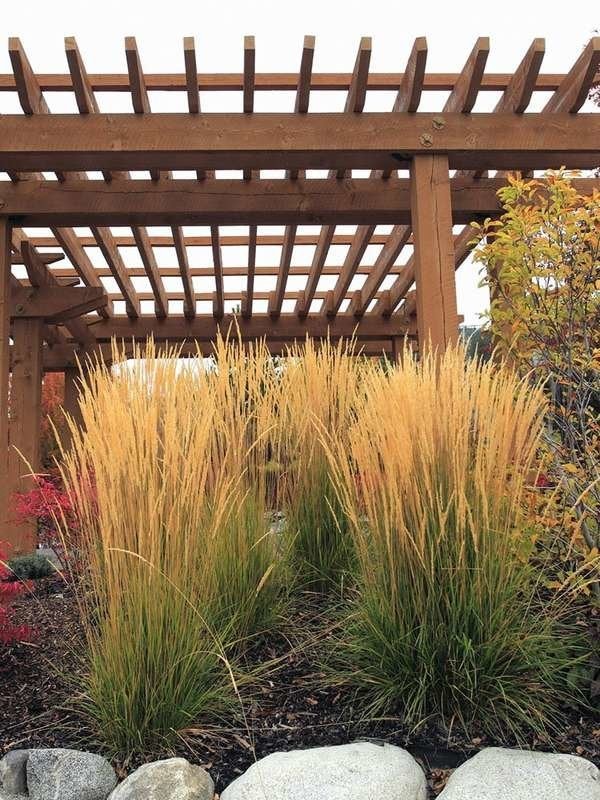
10. Pitching The Leaves
Take advantage of fallen leaves by packing them around new plantings as extra winter insulation. Better yet, mulch them by lowering your lawn mower and going back and forth over a pile of leaves until it’s reduced to small bits that can be sprinkled over the lawn and garden beds. The leafy mulch will make the soil lighter and make earthworms and beneficial microbes happier.
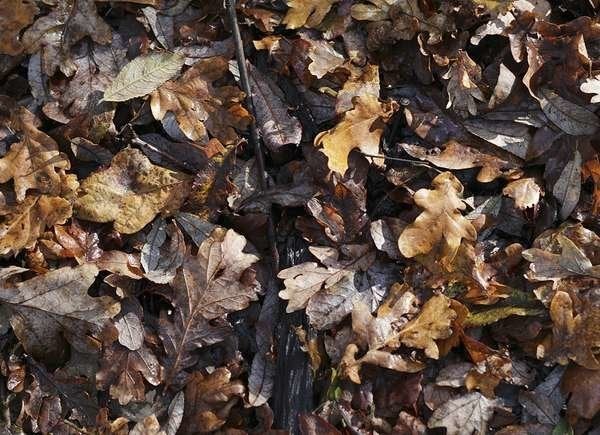
11. Forgetting to Feed the Lawn
If you fertilize just one time a year, opt for the fall. The cooler temps of fall are conducive to root growth, so a fertilizer application now when the grass is actively growing means a stronger lawn next year.
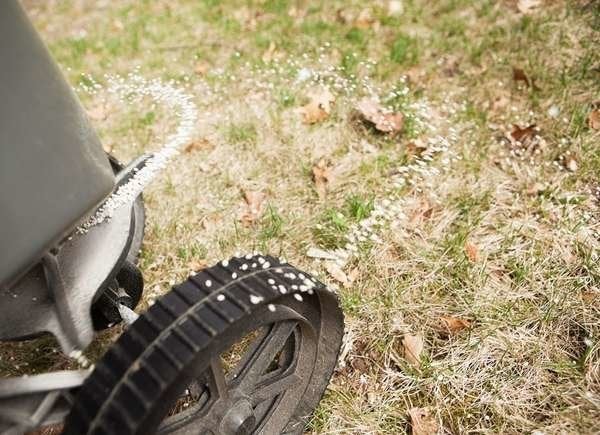
12. Storing the Lawn Mower
After the final cut of the season, empty the gas tank by running the mower until it stops. This is important because any fuel left over the winter can gum up the carburetor. Before you put the mower away for the season, drain the oil, replace the air filter, remove the blade for sharpening, and clean the undercarriage.
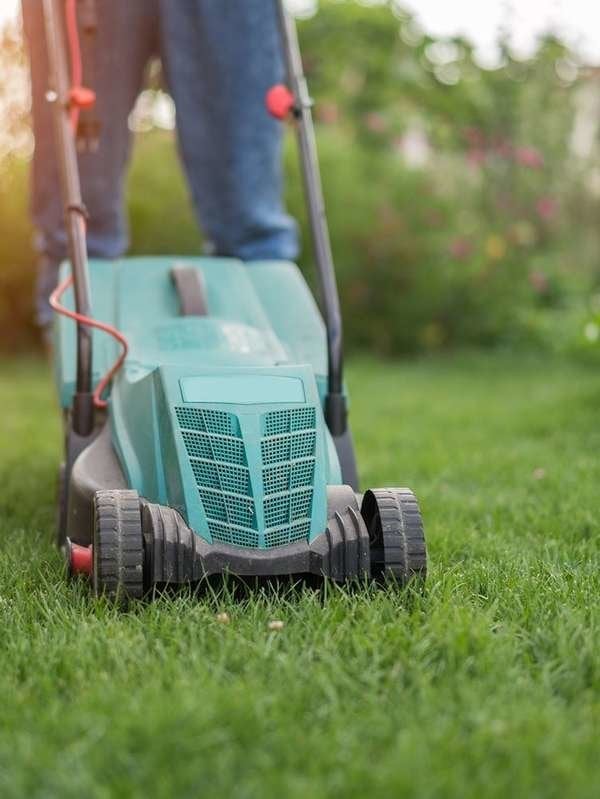
13. Not Continuing to Pull Weeds
After a frost or two have hit, you may be inclined to put your feet up and stop weeding completely. But those weeds are hanging on, determined to muscle through the cold weather and return in the spring. Don’t let them win! Give them a yank while you still can. Come spring, you’ll be glad to have one or two fewer weeds to deal with.
